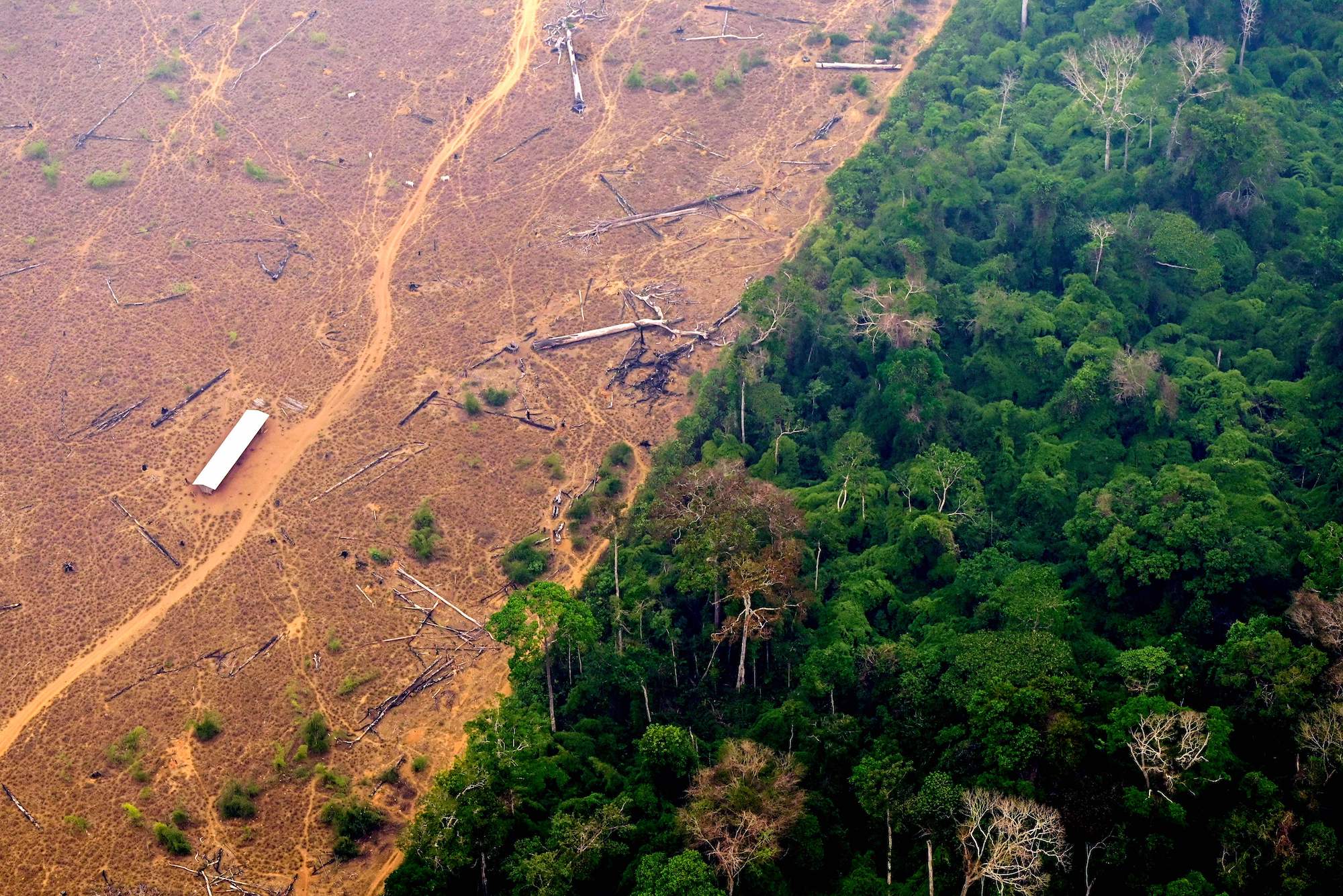Study Demonstrates that Third of Amazon Rainforest has been Destroyed Due to Human Activities and Drought
دراسة علمية تظهر دمار ثلث غابات الأمازون بسبب الأنشطة البشرية والجفاف
QNA
Brasilia: Human activity and drought may have damaged more than a third of the Amazon rainforest, twice what was previously estimated, according to a new study.
Fires, land conversion, deforestation and water scarcity have weakened the resilience of up to 2.5 million square kilometers of forest, an area ten times the size of Britain. This area is now drier, more combustible and more vulnerable than before, prompting the authors to warn of “megafires” in the future.
Between 5.5% and 38% of the remnants of the worlds largest tropical forest are also less able to regulate climate, produce rain, store carbon, provide habitat for other species, provide livelihood for local people and sustaining itself viable ecosystem, the paper notes.
The findings, published in Science on Thursday, are based on a review of existing studies, more recent satellite data and a new assessment of drought impacts by an international team of 35 scientists and researchers from institutions such as Brazil’s University of Campinas (Unicamp), The Amazon Environmental Research Institute (IPAM), the National Institute for Space Research (INPE) and Lancaster University in the UK.
The study authors admit considerable uncertainty in their estimates as degradation is difficult to measure and define. This is reflected in the wide range of estimates for the affected area: from 5.5% of remaining forest when only fire, deforestation and edge effects are considered, to 38% when drought effects are added.
The authors advise policymakers to step up degradation monitoring, strengthen firefighting capacity, curb logging, and create buffer zones of secondary forests to protect exposed boundaries of original vegetation.
قنا
برازيليا: أظهرت دراسة علمية حديثة أن ثلث غابات الأمازون دمر بفعل الأنشطة البشرية والجفاف، على مدى الأعوام الماضية.
وأظهرت الدراسة، التي نشرتها مجلة /ساينس/ (دورية علمية تنشرها الجمعية الأمريكية لتقدم العلوم)، أنّ الأضرار التي لحقت بالغابات، الممتدة على تسعة بلدان، أكبر بكثير من تلك المُسجلة سابقا.
وحلل الباحثون المشاركون في الدراسة، وغالبيتهم من جامعة “أونيفيرسيداديه إستادوال دي كامبيناس” البرازيلية، الآثار الناجمة عن الحرائق وقطع الأشجار والجفاف والتغيرات في الموائل على أطراف الغابة التي تُسمى بتأثيرات الأطراف، حيث أدت هذه الظواهر باستثناء الجفاف، إلى تدمير ما لا يقل عن 5.5 بالمائة من بقية المساحة التي تشكل النظام الإيكولوجي للأمازون، أي ما يعادل 364 ألفا و748 كيلومتراً مربعاً، وذلك بين عامي 2001 و 2018، وعند الأخذ في الاعتبار آثار الجفاف، تصبح المساحة المدمرة عبارة عن 2,5 مليون كيلومتر مربع، أي 38 بالمائة من بقية المساحة التي تشكل نظام الأمازون الإيكولوجي.
وقال الباحثون إن “موجات الجفاف الحادة تُسجّل بصورة متزايدة في الأمازون مع تغير أنماط استغلال الأراضي وظواهر التغير المناخي الناجمة عن الأنشطة البشرية”.. مشيرين إلى أن “حرائق الغابات زادت خلال السنوات التي شهدت موجات جفاف حادة ، محذرين من مخاطر حرائق أكبر قد تُسجل مستقبلاً”.
وخلصت الدراسة إلى أن فقدان الأمازون يعني خسارة مجال حيوي، ودعت إلى إقرار قوانين لحماية هذا النظام الإيكولوجي الحيوي المعرض للخطر.
يذكر أن أكثر من 100 حكومة قد تعهدت في مؤتمر المناخ COP26 الذي عقد في اسكتلندا عام 2021 بوقف أنشطة اجتثاث الغابات والعمل على التخلص من آثارها بحلول عام 2030.




